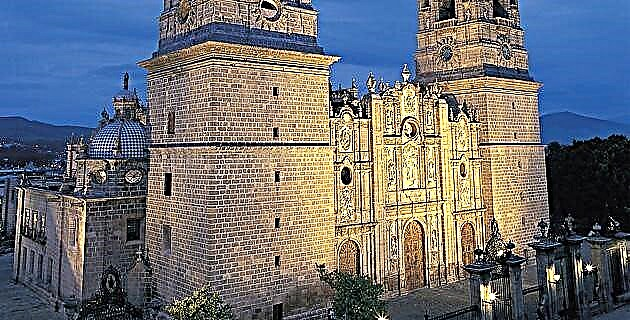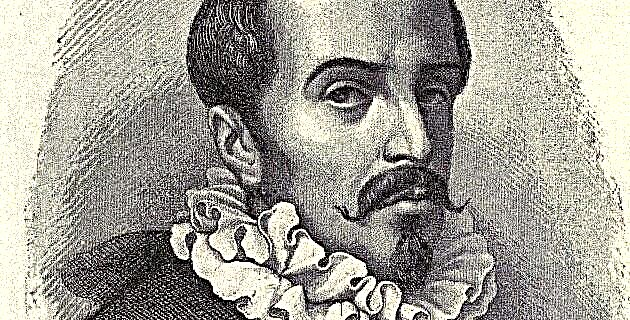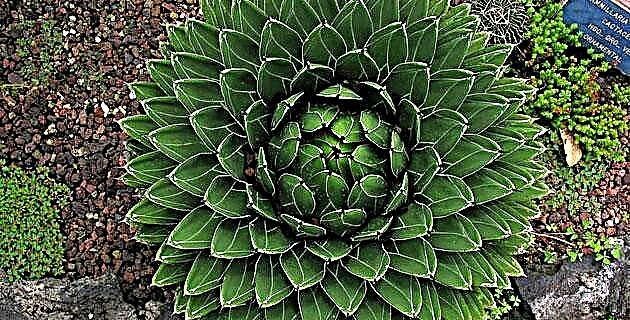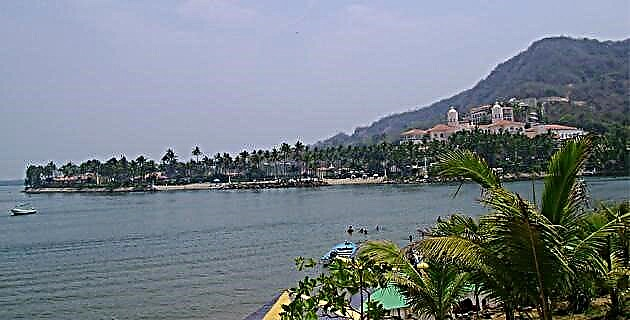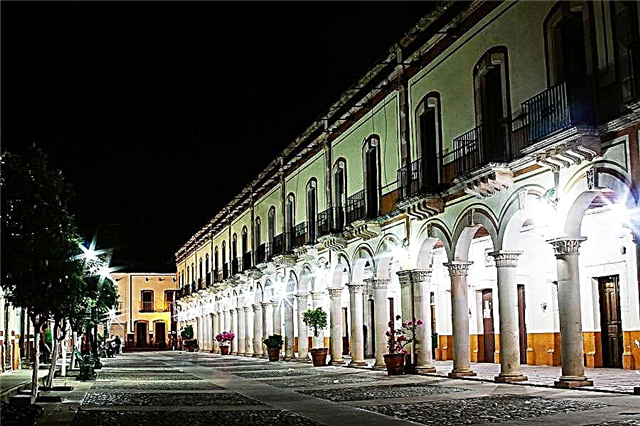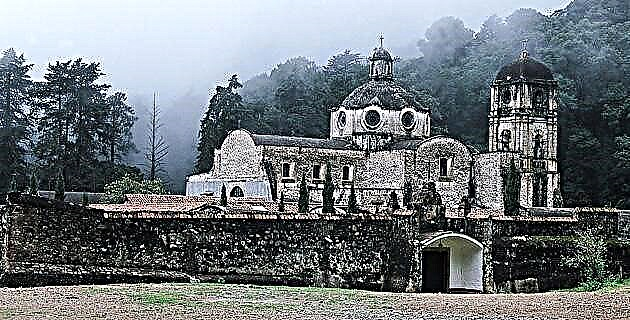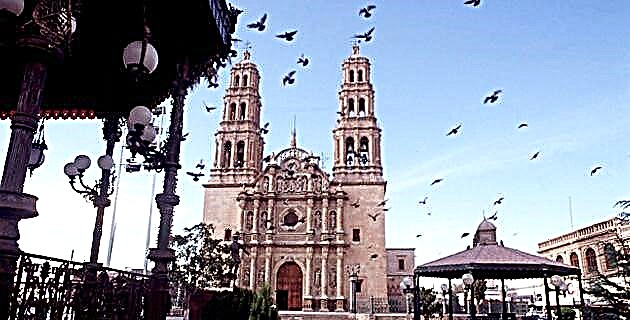
On October 12, 1708, in the middle of the Sacramento and Chuvíscar rivers, Don Antonio de Deza y Ulloa, governor of Nueva Vizcaya, stamps his signature on the founding act of the Real de Minas de San Francisco de Cuellar, which through of time it will become the present city of Chihuahua.
It was the silver from the Santa Eulalia mines that generated the Real de San Francisco, and it will be this new nucleus of settlers that will ultimately survive, after all metals have been exhausted, in the form of a modern and magnificent city.
The opulence of the early times was great, and by the year 1718 the primitive royal deserved the attention of the viceroy Marquis de Valero, who granted it the title of town and changed its name to San Felipe del Real de Chihuahua, title which it kept until the independence of Mexico, when it became the capital of the state, assuming a new life and releasing its current name of Chihuahua city.
The mark of time has marked our city, and in the three centuries of its history there have been monuments and temples that eloquently mark the milestones of its destiny.
The first temple to be built was dedicated to Our Lady of Guadalupe. Very close to the previous chapel, in 1715 another was built for the Third Order of San Francisco, in whose presbytery, in July 1811, the body of the Father of the Nation, Don Miguel Hidalgo, was buried. This temple of San Francisco is a typical example of the missionary architecture of the Franciscans and the only one that still houses two magnificent altarpieces from the 18th century.
But the silver kept flowing from the mines and gave for much more. By subtracting a real from each frame that was produced in the veins, in 1735 the construction of a quarry symphony began that would be the current cathedral: undoubtedly the best work of the Mexican Baroque in the northern part of New Spain. It is a unique building due to the balance and unity of the complex, which ends in two slender towers of ocher quarry, which stand out against the cobalt blue of the sky. An annexed chapel dedicated to the Virgin of the Rosary is an exquisite reliquary, extraordinary in the relief of its facade, which engages in happy competition with the other doorways of the temple loaded with baroque foliage and finished in roles and archangels.
Equally interesting is the Chapel of Santa Rita, from the 18th century, another fond memory for Chihuahuas. The cult of Santa Rita has penetrated so deeply in Chihuahua that the feast of the saint, on May 22, became the most important fair in the city, and the people consider her as their patron, forgetting in passing the one that officially the parish was dedicated, which was Our Lady of Regla. In this small church, the harmony that was achieved between the adobe and the quarry is remarkable, complemented by the coffered ceiling of its beam.
But not only churches left us the viceroyalty, but also mansions and works of civil architecture. Progress demolished most of the stately homes, but saved for posterity the old aqueduct with its slender round arches and 24 meters high.
Returning to the center, in the Plaza de Armas we see a metal kiosk brought from Paris, which was placed in 1893 together with the iron statues that adorn the garden beds; Here, the current Municipal Palace, built in 1906 by the engineers Alfredo Giles and John White, stands full of elegance; It has an unmistakable turn-of-the-century French stamp that is topped by green dormers with skylights. Its Cabildos Room is very elegant and its stained glass windows are worthy of admiration.
But undoubtedly the best legacy that we have from the last century is the Government Palace, whose inauguration took place in June 1892. This building is a very successful example of the architectural eclecticism that prevailed in Europe.
It would be painful to omit the presence of the Federal Palace, inaugurated in 1910, two months before the outbreak of the revolution. This building was built where the Jesuit College used to be and later the Mint. The Federal Palace respectfully conserved the tower cube that served as Hidalgo's prison and that can still be visited.
There are many monuments that adorn this capital city, we will only point out a few because we consider them the most representative: the one dedicated to Hidalgo in the square of the same name, formed by a slender marble column that ends in a bronze statue of the hero. The one at Tres Castillos on Avenida Cuauhtémoc, which reminds us of our 200-year struggles against Apaches and Comanches. The monument to the Mother that Asúnsolo left us framed by a beautiful fountain and garden and, of course, the masterpiece of Ignacio Asúnsolo himself dedicated to the Division of the North, symbolized in the best equestrian statue achieved by the great sculptor from Parralense. We close with a flourish where you should enter: the Puerta de Chihuahua, by the famous sculptor Sebastián, which is located at the entrance of our city.
If the visitor wants to wander nonchalantly through the streets of Chihuahua, they will unintentionally come across residences that will force them to stop: Quinta Creel, Casa de los Touche and, of course, Quinta Gameros.
But if you want to visit museums, Chihuahua has them, and very good ones: the Quinta Gameros, the Pancho Villa Museum, the Casa de Juárez Museum and the Museum of Modern Art.
The northern neighborhoods of the city are modern and with wide tree-lined avenues. Walk its overpasses and go to the Ortiz Mena peripheral to appreciate the promise of the future of this city ... and you want to return again to continue enjoying it.

